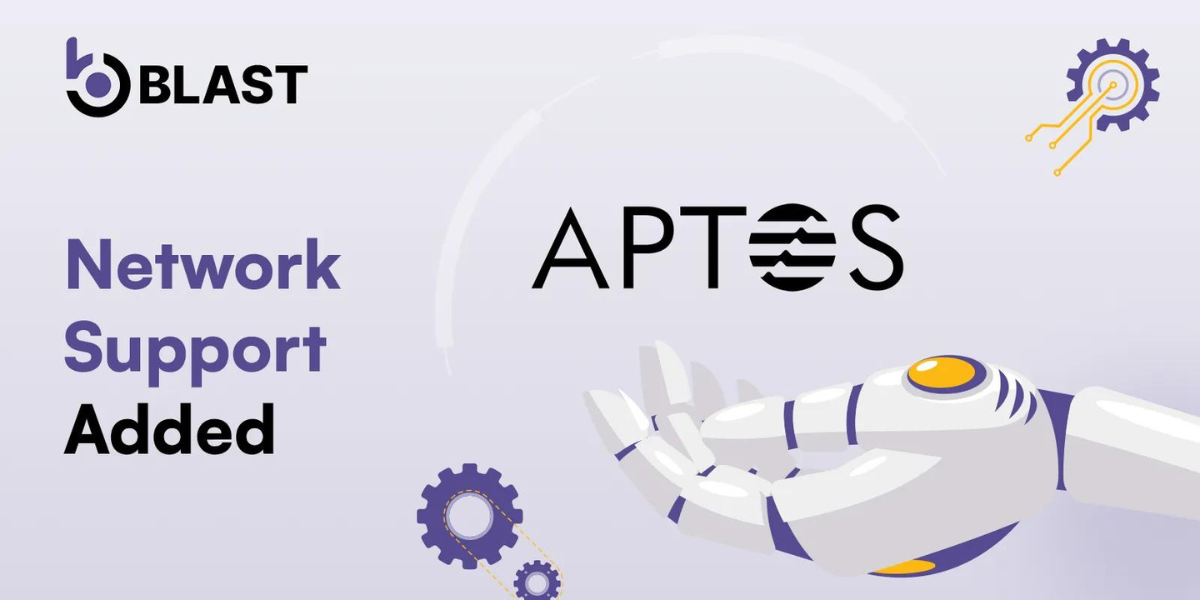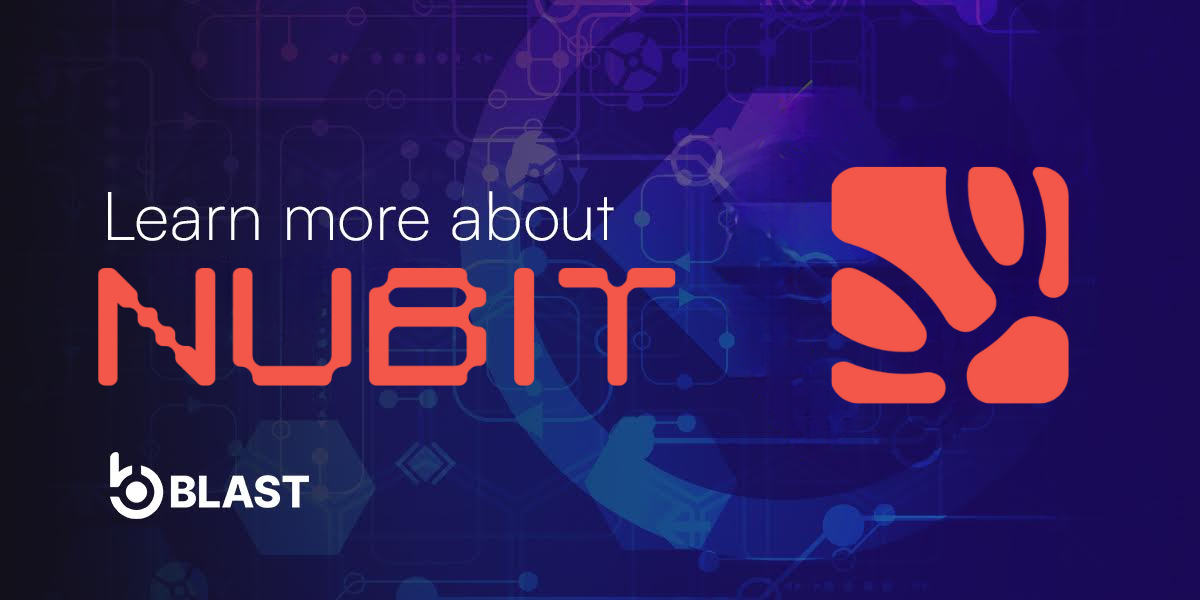
APTOS Network support added in Blast!
Blast Team
Here’s how you can use Blast API to access the Aptos Network.
What is the Aptos Network
Aptos is a new L1 project that aims to be one of the safest and most scalable blockchains in the industry. It has been envisioned by former Meta employees, trying to provide decentralization and permissionless access in an affordable and secure way for billions of internet users.
Designed with scalability, safety, reliability, and upgradeability as key principles, to address these challenges. The Aptos blockchain has been developed over the past three years by over 350+ developers across the globe. It offers new and novel innovations in consensus, smart contract design, system security, performance, and decentralization. The combination of these technologies will provide a fundamental building block to bring web3 to the masses,
As early contributors to Aptos from AIT1, and now as validators on Aptos mainnet, we are fully committed to supporting their mission to bring universal and fair access to decentralized assets for billions of users.
As proof of our ever-lasting efforts to support all Web3 development, we are proud to announce that you can now generate Aptos endpoints in Blast! So, if you’re building on the Aptos Network, and want to drop some of the hurdles and costs required by the infrastructure setup, now you have an easier way to interact with this blockchain: Use Blast to generate dedicated endpoints, or use the Public API feature and keep building!
How to generate a dedicated APTOS API endpoint in Blast
- Go to blastapi.io
- Launch and select the Consumer App
- Connect with your MetaMask, Wallet Connect, or email
- Create a new project or use one of your existing ones
- Inside the project space, select the APTOS card and click activate to generate your dedicated endpoints
- You can now copy the REST API and use it in your projects!
You can find the Aptos Network public API here: https://blastapi.io/public-api/aptos
Give it a try, we’d love to hear your feedback!


